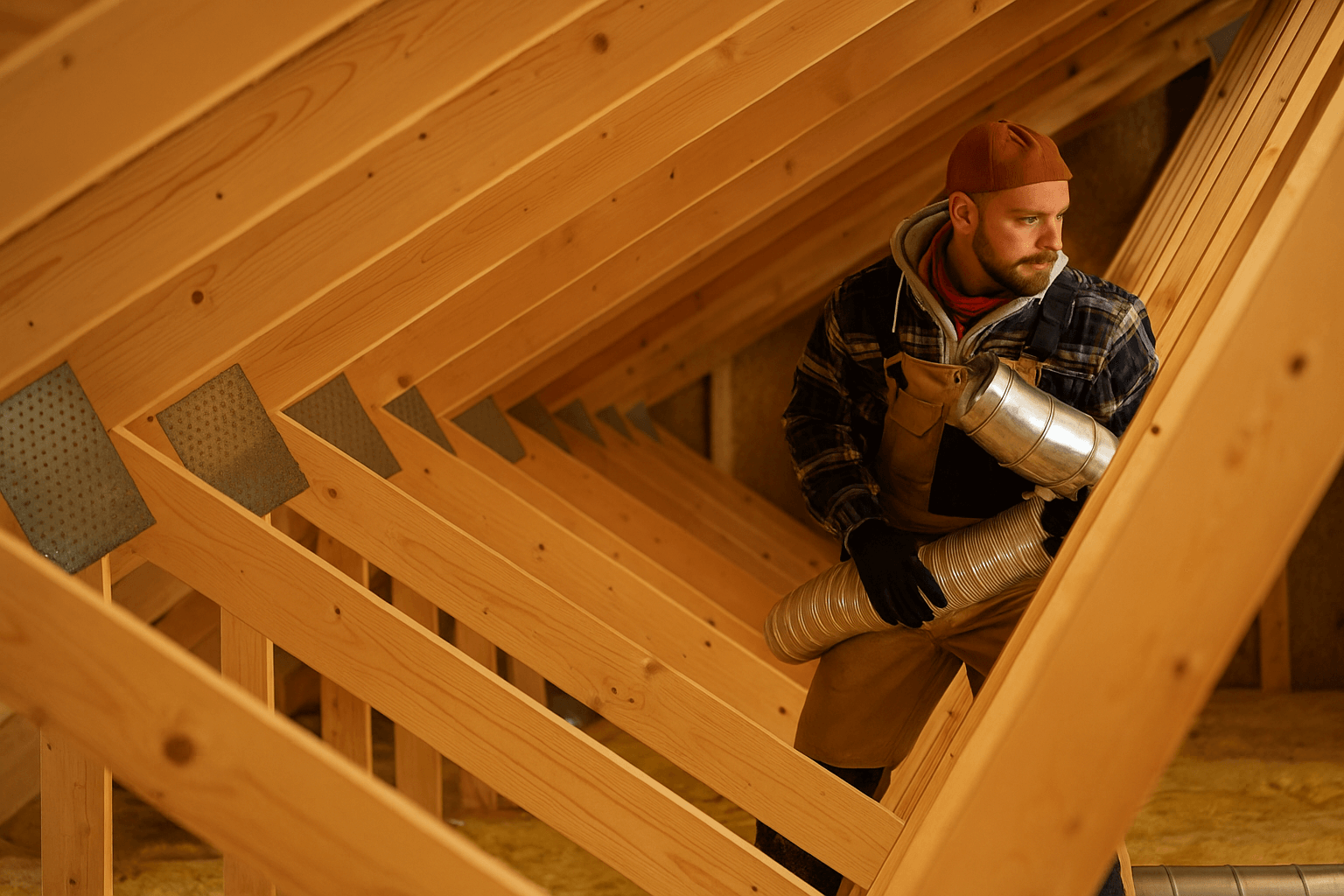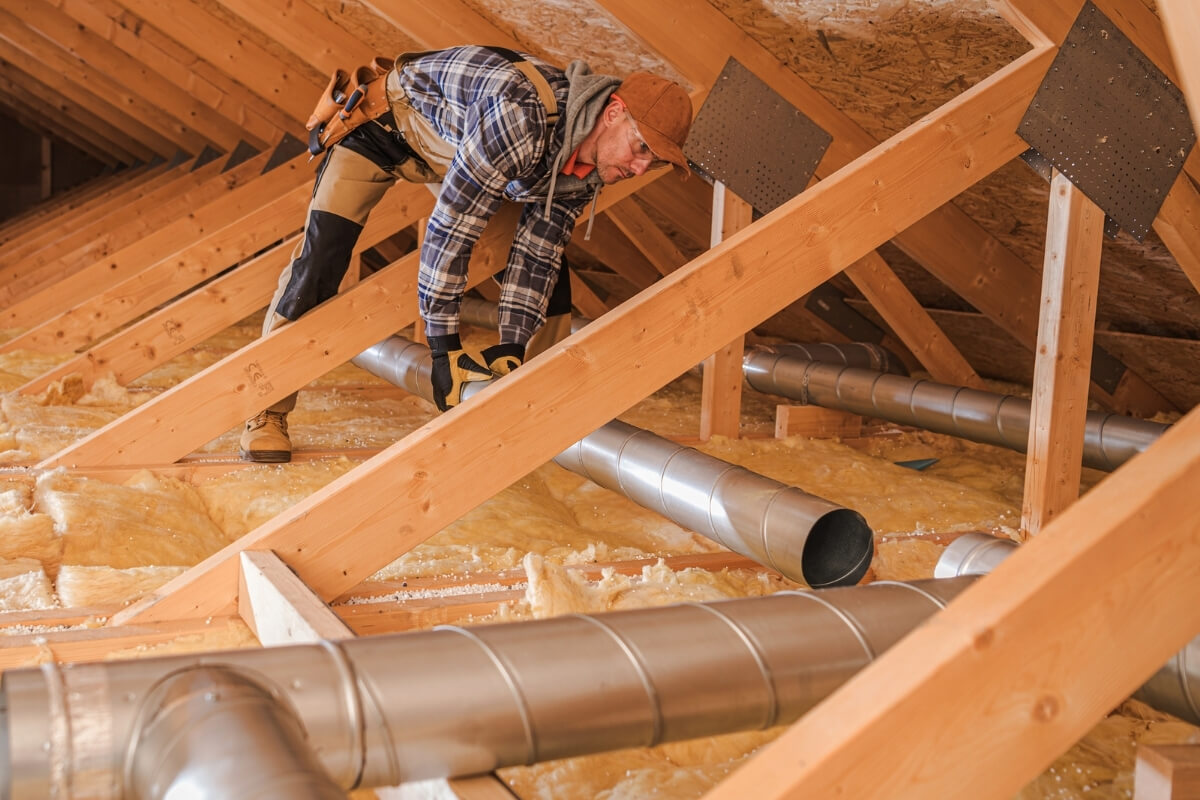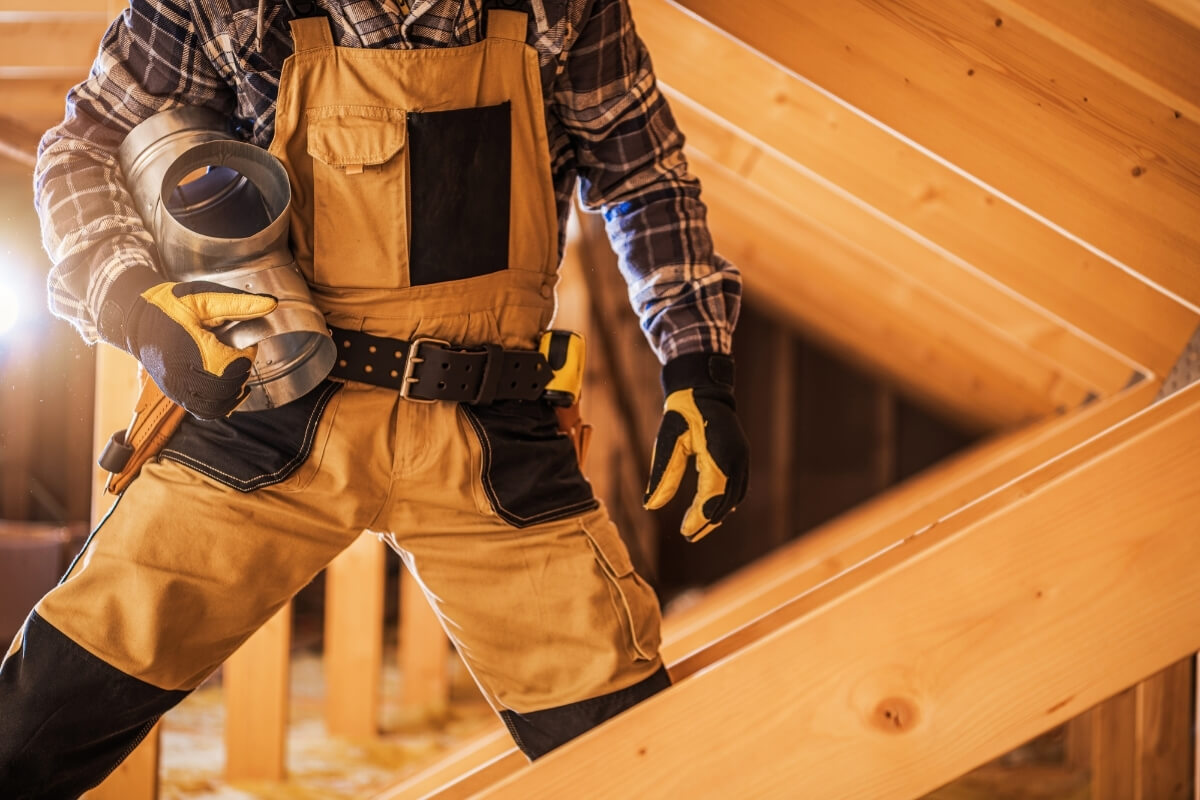Why HVAC Efficiency Matters in Los Angeles
At Wonderful Attic Care, we specialize in whole-home HVAC system installations that balance energy efficiency with year-round comfort. Whether you’re replacing a broken system or upgrading to a more energy-efficient one, a properly installed HVAC unit can transform how your L.A. home feels—and what you pay each month.
The L.A. Climate Challenge
With scorching summers, mild winters, and high smog levels, Los Angeles homes demand HVAC systems that are both powerful and efficient. A poorly sized or outdated system can lead to high bills, hot or cold spots, and poor indoor air quality. Our team has installed energy-smart systems in thousands of homes across L.A., helping homeowners save 20–50% on their monthly energy costs.
What SEER2 Ratings Mean for You
As of 2023, California requires all central AC units to meet SEER2 (Seasonal Energy Efficiency Ratio 2) standards. In Climate Zone 3B (which includes most of L.A.), the minimum SEER2 rating is 15.2 for split systems. The higher the SEER2, the more efficient—and cost-saving—your unit will be over time. For example, upgrading from a SEER 10 to SEER2 16 unit can cut cooling costs by 40%. This makes it crucial to understand ratings when selecting your new HVAC system.
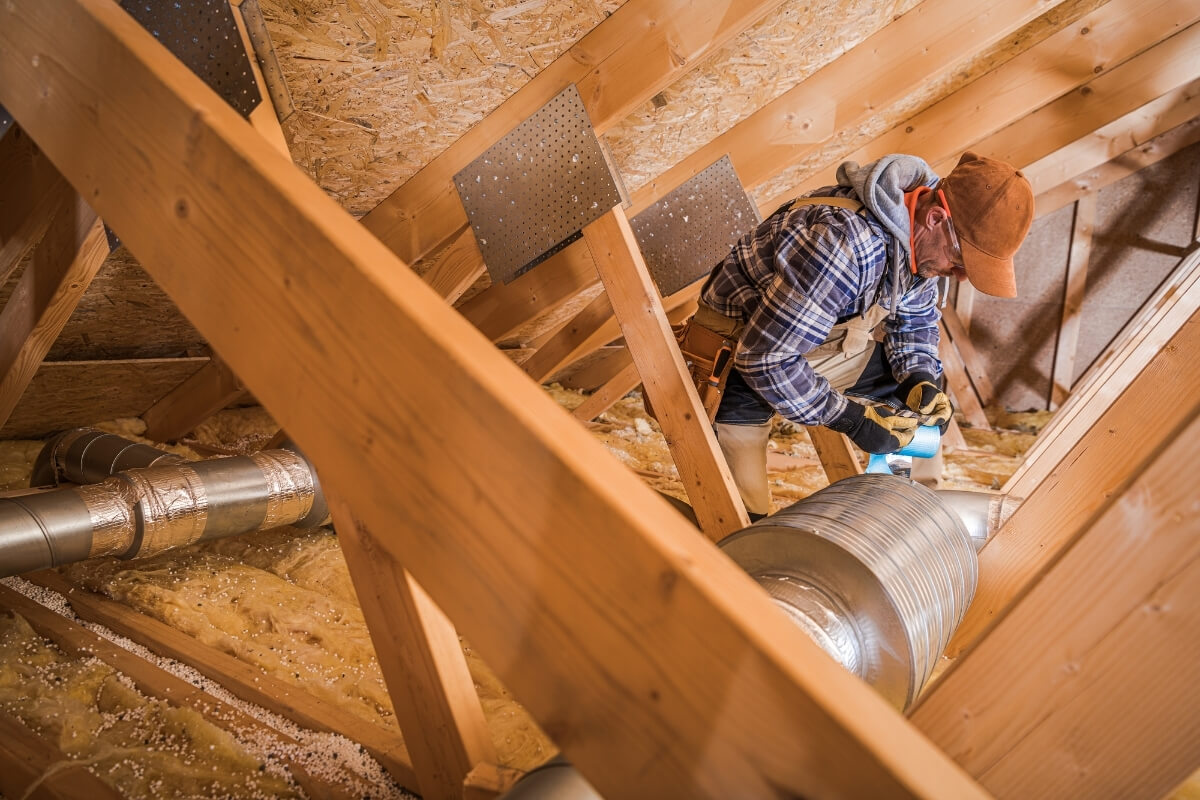
System Types, Energy Savings & Rebates
Choosing the Right HVAC System for Your Home
Central Split Systems – The most common in L.A., ideal for homes with existing ductwork.
Ductless Mini-Splits – Great for room-by-room control, older homes, or ADUs without ducts.
Heat Pumps – Efficient for both cooling and heating, especially with recent technology improvements.
Package Units – Common in smaller L.A. homes or flat-roofed structures with limited attic access.
We help match each homeowner with the best option based on budget, layout, and comfort goals.
Energy Savings Potential
The average L.A. household spends over $2,400 a year on energy. A high-efficiency HVAC system can cut that down by up to $1,000 annually, especially when paired with upgraded insulation, air sealing, and attic ventilation.
HVAC Rebates for Los Angeles Homeowners
Several incentive programs help offset installation costs:
- LADWP: Rebates up to $1,200 for high-efficiency systems
- SoCal Edison: Offers up to $1,000 for heat pump installations
- Federal Tax Credit (IRA): Covers up to 30% of costs, capped at $2,000
- TECH Clean California: Additional rebates for qualifying homes and equipment
Our team handles all rebate paperwork and compliance to maximize your return.
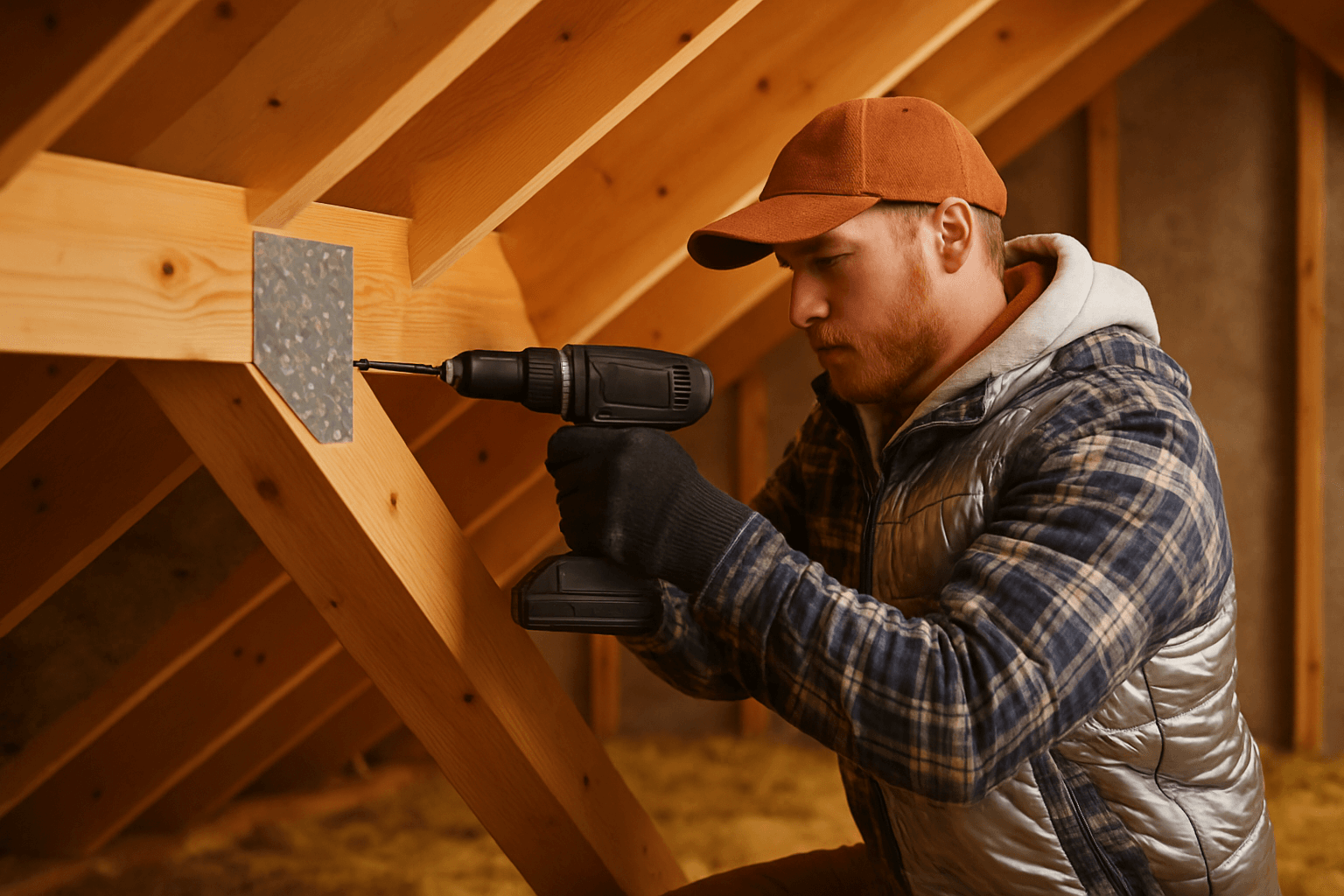
Cost Breakdown, Installation Timeline & Signs You Need a New System
2025 HVAC Costs in Los Angeles
Installation costs vary based on system type, home size, and ductwork needs:
- Central AC Installation: $6,500–$12,000
- Ductless Mini-Splits: $4,000–$9,000
- Heat Pumps: $7,000–$14,000
- Ductwork Repair/Upgrade: $2,000–$5,000
- Smart Thermostat Add-on: $250–$600
Rebates can lower your final cost by 20–40%, and we provide upfront quotes with no hidden fees.
Do You Need a New HVAC System?
- High Utility Bills – If your summer bills hit $400+, your system may be inefficient.
- Uneven Temperatures – Hot and cold zones signal poor airflow or improper sizing.
- Frequent Repairs – Systems over 10–15 years old often need frequent, costly fixes.
- Poor Indoor Air Quality – Excess dust, mold, or humidity issues may stem from a failing HVAC system.
Our HVAC Installation Process
- Free In-Home Assessment – We inspect your home, ductwork, and energy usage.
- Customized System Selection – Based on your comfort needs, layout, and budget.
- Expert Installation – Licensed, insured, and code-compliant professionals.
- Post-Install Testing & Walkthrough – Full system testing and instruction on use.
We also provide all documentation needed for warranties, rebates, and future service calls.
Maintenance Tips for Long-Term Performance
- Change filters every 1–3 months
- Schedule yearly HVAC tune-ups
- Keep outdoor units clear of debris
- Seal ducts and insulate attics to reduce load

